Hubertus Giebe's original ink drawing depicting a female nude is offered unframed and will be sent in a roll.
The picture is signed and dated upper left.
The artist:
Hubertus Giebe was born as the first son of Margarete and Reinhold Giebe. The family was based in Schlottwitz, not far from Dohna. from 1969 to 1972 he completed evening studies in painting and graphics at the Dresden Academy of Fine Arts with Ursula Rzodeczko and Gerhard David. He then did military service from 1972 to 1974. In 1974 he became acquainted with Erwin and Eva Strittmatter, which led to an intensive artist friendship that resulted in joint works. from 1974 to 1976 Giebe studied painting and graphics at the Dresden University of Fine Arts. In 1976, Giebe was exmatriculated at his own request and worked as a freelance painter and graphic artist with a "temporary limited work permit". In 1978 he completed his studies with an external diploma at the Academy of Visual Arts in Leipzig. He then spent a year in Leipzig as a master student of Bernhard Heisig.
In 1980 he had his first major solo exhibition at the Comenius Gallery in Dresden. 1979 marked the beginning of his graphic work on the novel Die Blechtrommel by Günter Grass. from 1982 to 1986 he headed the basic artistic studies for painting and graphics at the Dresden Academy of Fine Arts together with Johannes Heisig. In 1987 Giebe was appointed lecturer in painting and graphics at the HfBK Dresden. In 1988, Giebe presented 40 etchings for a bibliophile edition of The Tin Drum. On November 19, 1989, Giebe gave a speech for freedom of expression, democracy and political change at the demonstration of the Dresden artists' associations in front of around 100,000 participants on the Dresden Theaterplatz. He campaigned for the political goals of the New Forum.
One of the traditions of the widely ramified and solidary Giebe family is a fundamentally social-democratic attitude. In 1933 the grandfather, Willy Giebe, was arrested by the National Socialists because he had been active as a trade unionist and in the Social Democratic Party. At the beginning of 1945, the father deserted from the Wehrmacht during the first attack on the Oder. He was not released from Soviet captivity until the end of 1949, during which he worked in a quarry in a penal camp near Kuybischev in what was then the Soviet Republic of Kazakhstan on the lower reaches of the Volga. Both facts occupy an important place in Hubertus Giebe's biography and point in the same direction. His work reveals an affinity to those historical situations in which left and right arbitrariness sacrificed the individual to the inexorable power in the wheels of political history.
Hubertus Giebe has been married to the restorer Marlies Giebe since 1977 and lives and works in Dresden.
Il disegno originale a inchiostro di Hubertus Giebe raffigurante un nudo femminile è offerto senza cornice e sarà inviato in un rotolo.
L'immagine è firmata e datata in alto a sinistra.
L'artista:
Hubertus Giebe nacque come primo figlio di Margarete e Reinhold Giebe. Dal 1969 al 1972 compie studi serali di pittura e grafica presso l'Accademia di Belle Arti di Dresda con Ursula Rzodeczko e Gerhard David. Dal 1972 al 1974 svolge il servizio militare. Nel 1974 conosce Erwin ed Eva Strittmatter, con i quali instaura un'intensa amicizia artistica che sfocia in opere comuni. Dal 1974 al 1976 Giebe studia pittura e grafica all'Università di Belle Arti di Dresda. Nel 1976, Giebe è stato esmatricolato su sua richiesta e ha lavorato come pittore e grafico freelance con un "permesso di lavoro temporaneo limitato". Nel 1978 ha completato gli studi con un diploma esterno presso l'Accademia di Arti Visive di Lipsia. Trascorre poi un anno a Lipsia come studente master di Bernhard Heisig.
Nel 1980 tiene la sua prima grande mostra personale alla Galleria Comenius di Dresda. il 1979 segna l'inizio del suo lavoro grafico sul romanzo Die Blechtrommel di Günter Grass. Dal 1982 al 1986 dirige gli studi artistici di base per la pittura e la grafica all'Accademia di Belle Arti di Dresda insieme a Johannes Heisig. Nel 1987 Giebe è stato nominato docente di pittura e grafica presso la HfBK di Dresda. Nel 1988, Giebe presenta 40 acqueforti per un'edizione bibliofila de Il tamburo di latta. Il 19 novembre 1989, Giebe tenne un discorso per la libertà di espressione, la democrazia e il cambiamento politico alla manifestazione delle associazioni di artisti di Dresda, davanti a circa 100.000 partecipanti nella Theaterplatz di Dresda. Ha fatto una campagna per gli obiettivi politici del Nuovo Forum.
Una delle tradizioni della famiglia Giebe, ampiamente ramificata e solidale, è un atteggiamento fondamentalmente socialdemocratico. Nel 1933 il nonno, Willy Giebe, fu arrestato dai nazionalsocialisti perché era stato attivo come sindacalista e nel Partito Socialdemocratico. All'inizio del 1945, il padre disertò dalla Wehrmacht durante il primo attacco sull'Oder. Fu liberato dalla prigionia sovietica solo alla fine del 1949, quando lavorò in una cava in un campo penale vicino a Kuybischev, nell'allora Repubblica sovietica del Kazakistan, sul basso corso del Volga. Entrambi i fatti occupano un posto importante nella biografia di Hubertus Giebe e vanno nella stessa direzione. Il suo lavoro rivela un'affinità con quelle situazioni storiche in cui l'arbitrio di destra e di sinistra ha sacrificato l'individuo all'inesorabile potere degli ingranaggi della storia politica.
Hubertus Giebe è sposato con la restauratrice Marlies Giebe dal 1977 e vive e lavora a Dresda.

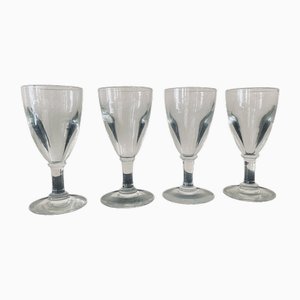

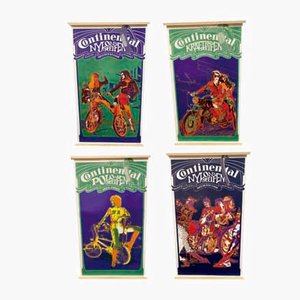
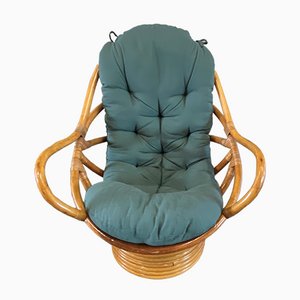
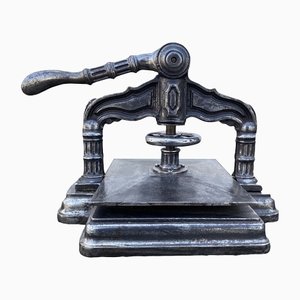
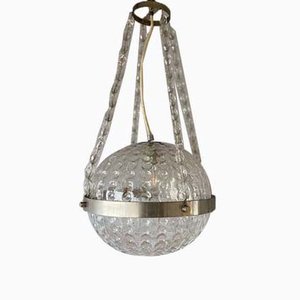
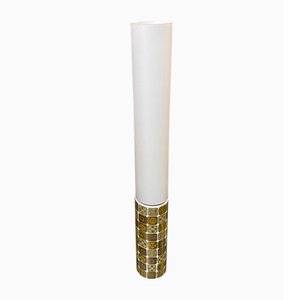


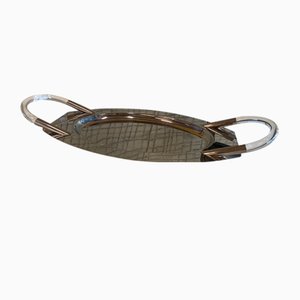
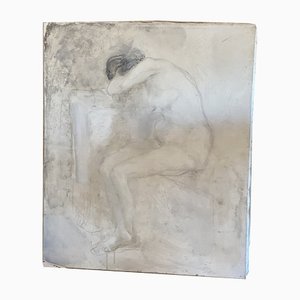
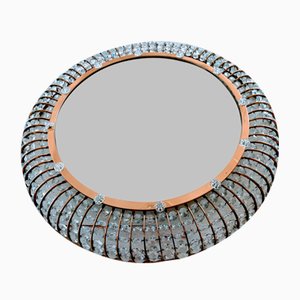
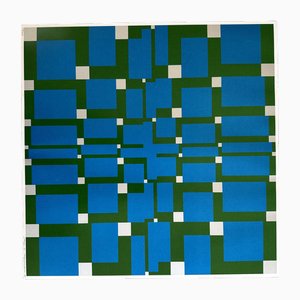
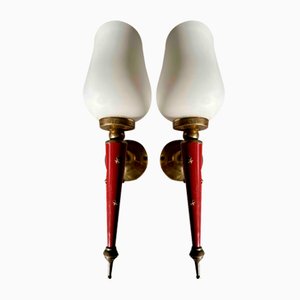
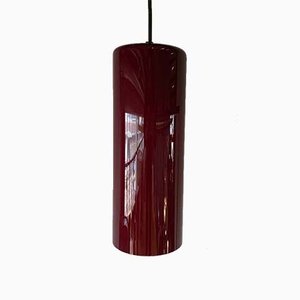
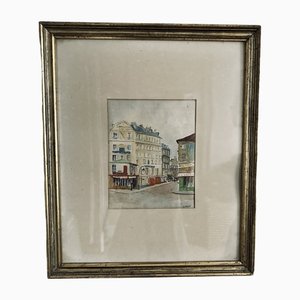
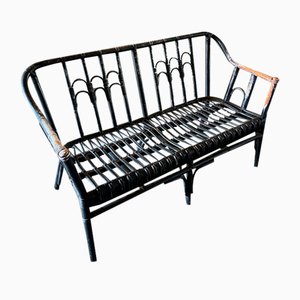
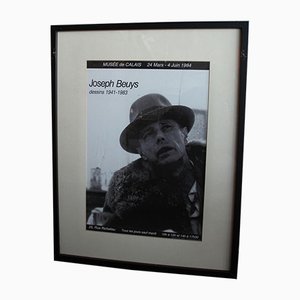

Contattaci
Fai un'offerta
Abbiamo notato che sei nuovo su Pamono!
Accetta i Termini e condizioni e l'Informativa sulla privacy
Contattaci
Fai un'offerta
Ci siamo quasi!
Per seguire la conversazione sulla piattaforma, si prega di completare la registrazione. Per procedere con la tua offerta sulla piattaforma, ti preghiamo di completare la registrazione.Successo
Grazie per la vostra richiesta, qualcuno del nostro team vi contatterà a breve.
Se sei un professionista del design, fai domanda qui per i vantaggi del Programma Commerciale di Pamono